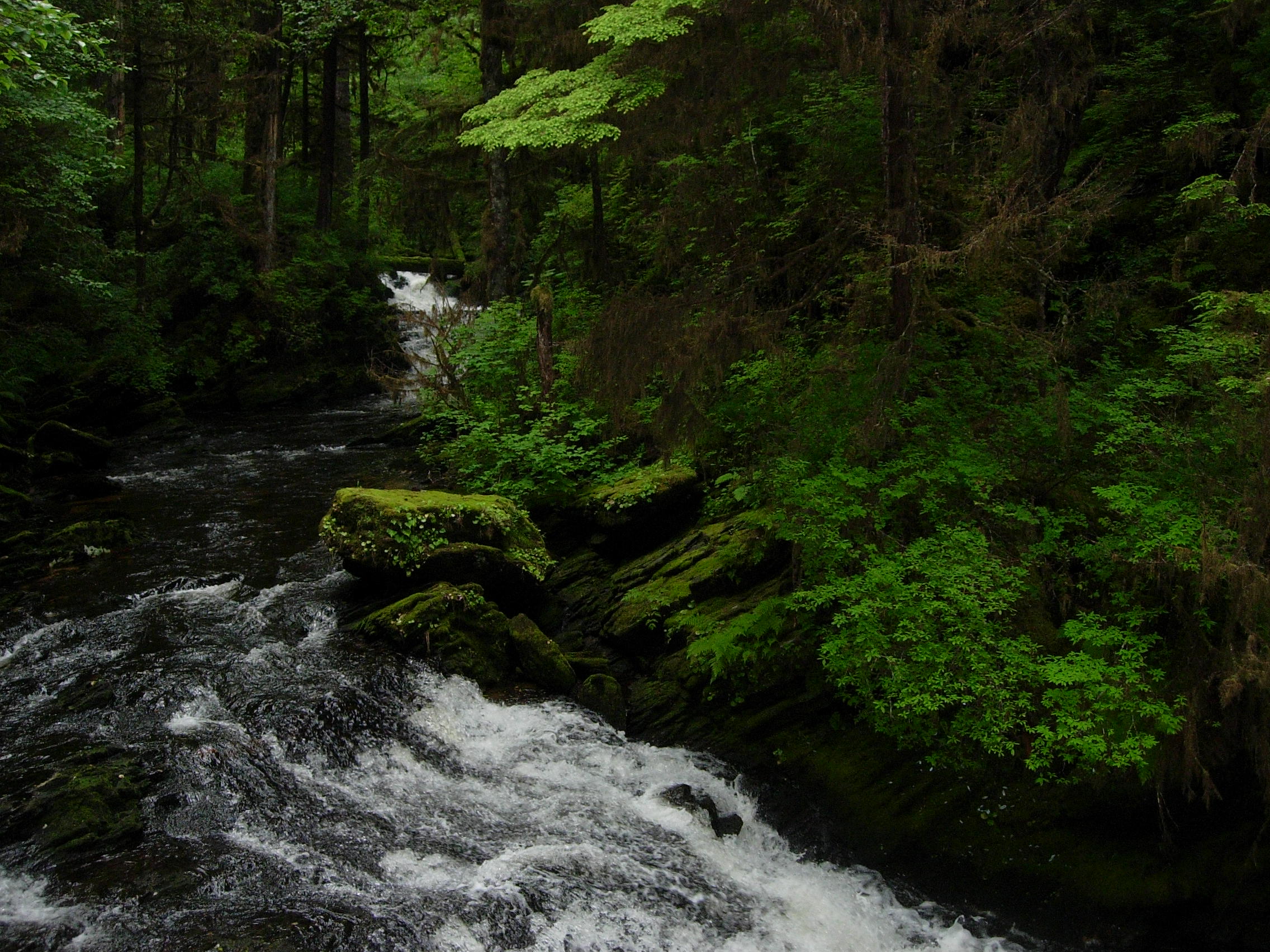Trump Administration Targets the Roadless Rule
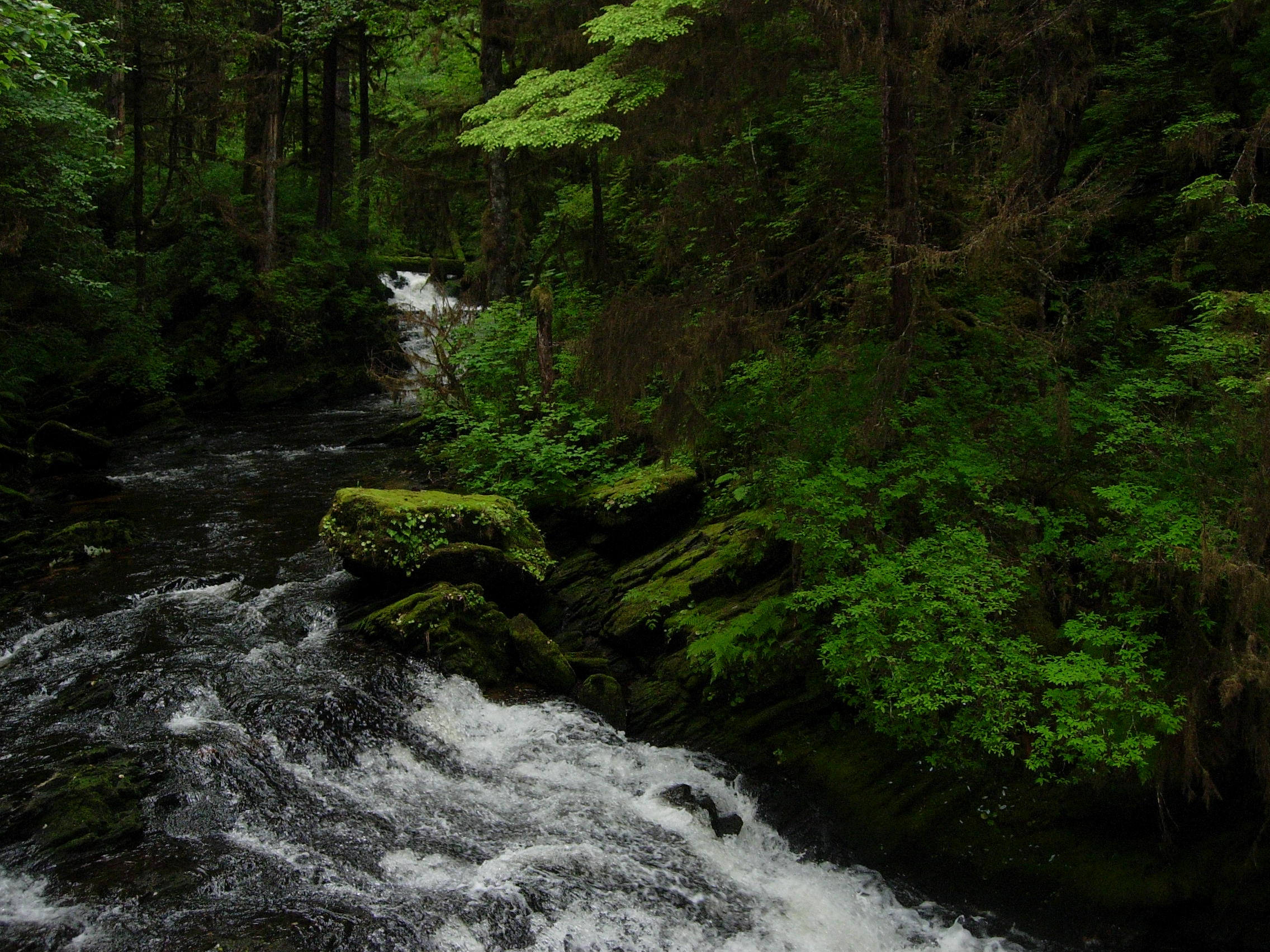
On June 23, Agriculture Secretary Brooke Rollins announced that the Trump administration would pursue repealing the 2001 Roadless Rule. This rule prohibits road-building on 58.5 million acres of national forest, including 9.37 million acres in Alaska’s Tongass National Forest.
What Makes the Tongass Unique
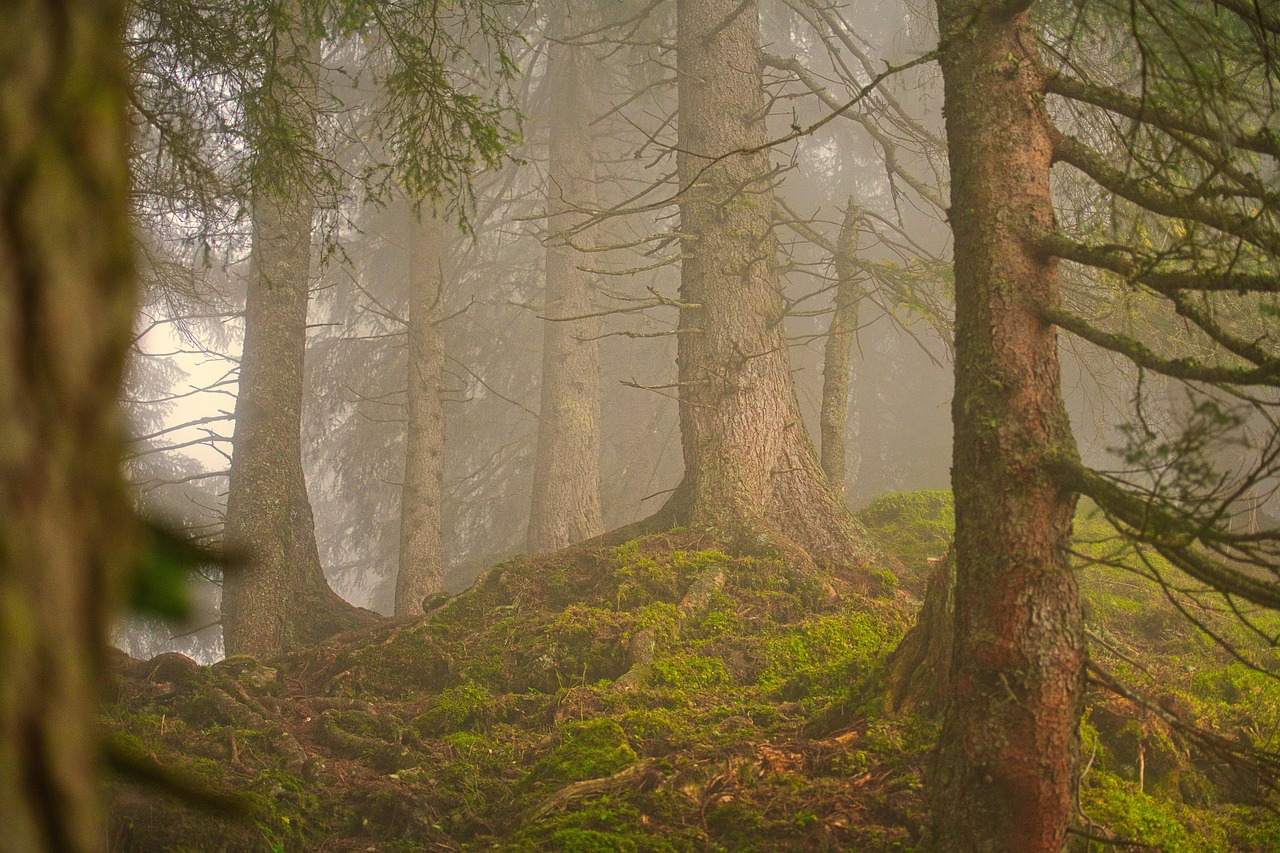
Roadless areas within the Tongass harbor old-growth forests, crucial carbon storage, thriving salmon runs, and endangered species such as the Alexander Archipelago wolf. These intact wildlands also support sustainable local economies like fishing and tourism.
The Cost of Roads and Logging
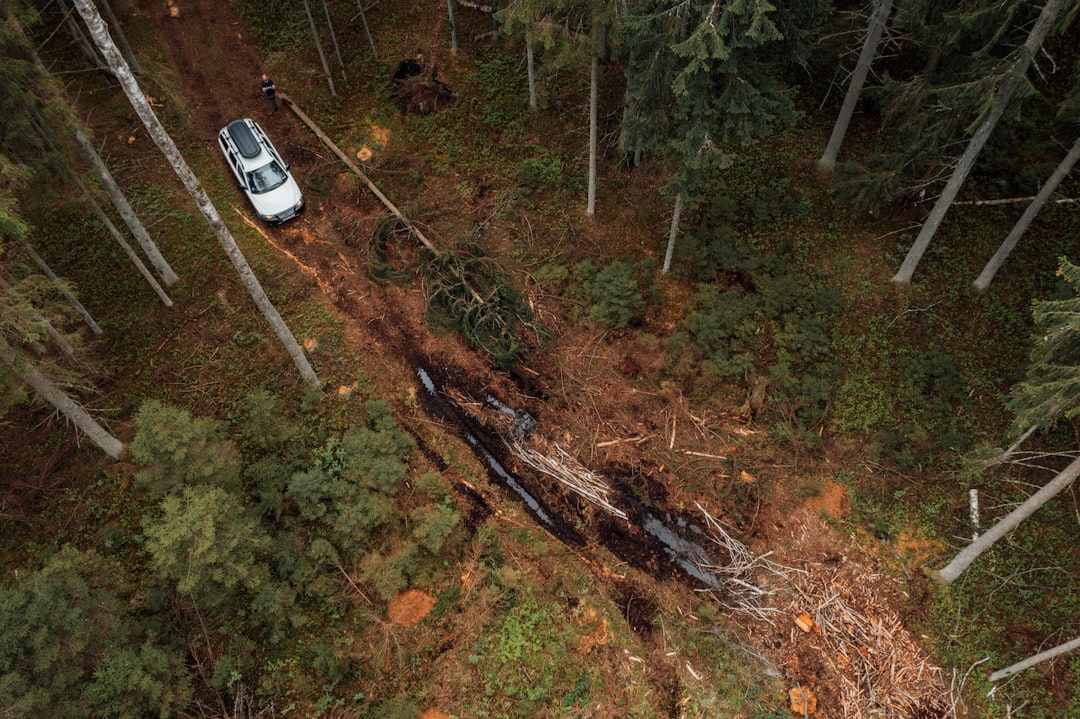
Opponents argue that road construction destroys habitats, encourages clear-cutting, and burdens taxpayers with billions in subsidies and maintenance, while timber sales yield little economic benefit.
The Path Ahead
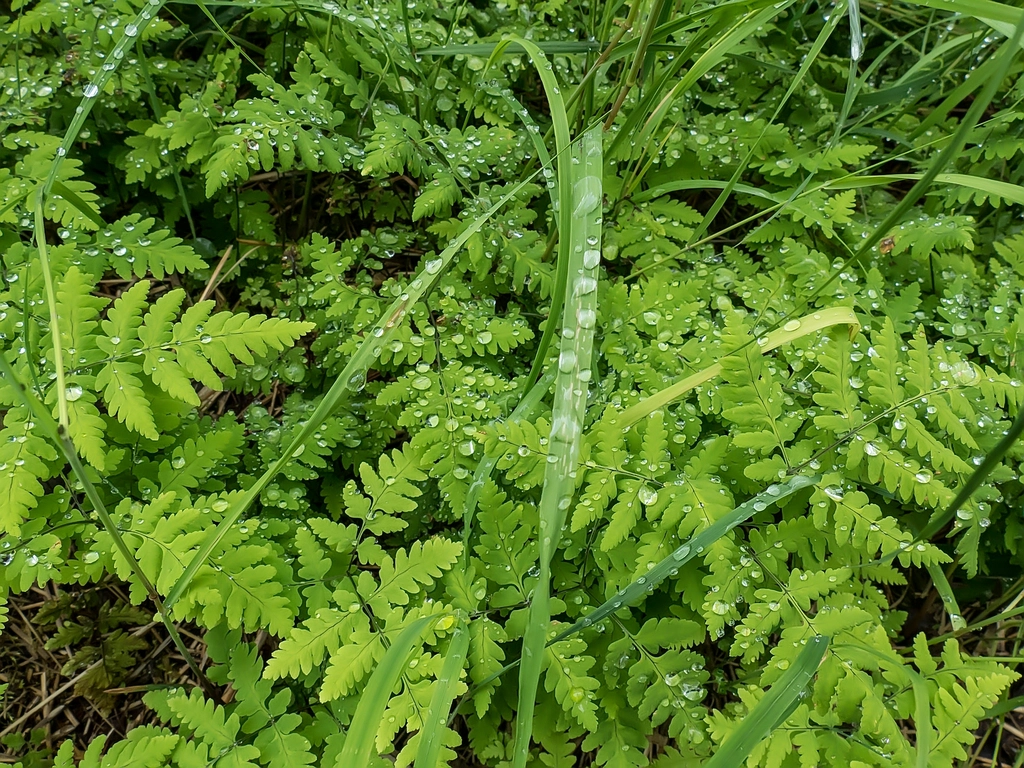
As the debate intensifies, the future of the Tongass remains uncertain. Conservationists, Alaska Native groups, and local industries dependent on healthy forests continue to advocate for permanent protections. Meanwhile, policymakers must weigh the short-term interests of logging against the long-term value of preserving one of Earth’s most important rainforests for future generations.
Why Protecting the Tongass Matters
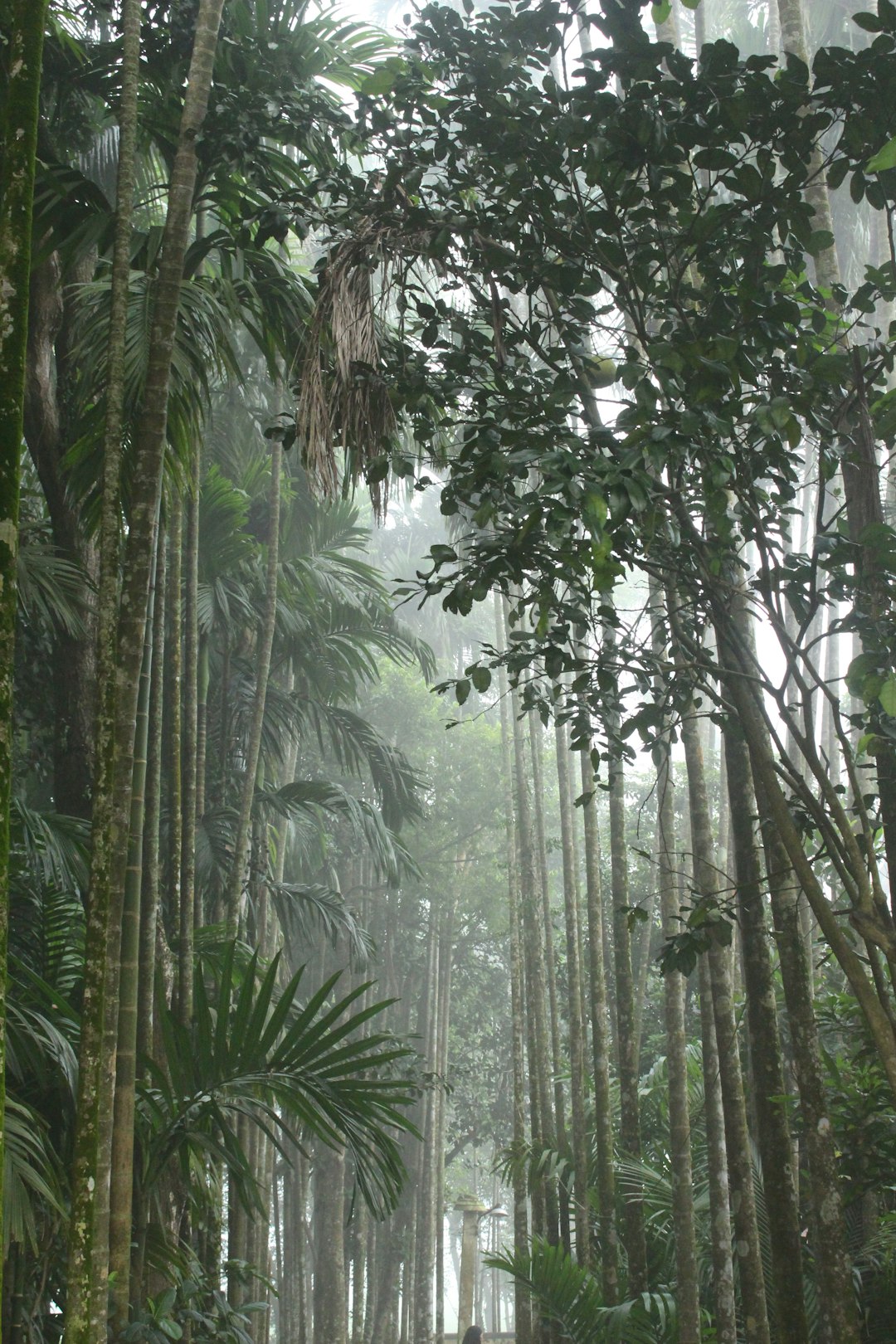
As one of the world’s last temperate rainforests, the Tongass serves as a vital carbon sink and home to diverse wildlife, including five Pacific salmon species and ancient trees. Road-building fragments habitats, erodes soils, and pollutes rivers, threatening both nature and communities. Amid climate change and species decline, safeguarding places like the Tongass is crucial for wildlife, people, and climate resilience. Public support has consistently favored preservation over exploitation.
- How Meteorologists Predict Storms Using Satellite Data - October 3, 2025
- What Causes Rainbows And Why They’re Always Curved - October 1, 2025
- 3 Industries Face Crushing New Tariffs as Trade War Escalates - September 28, 2025

